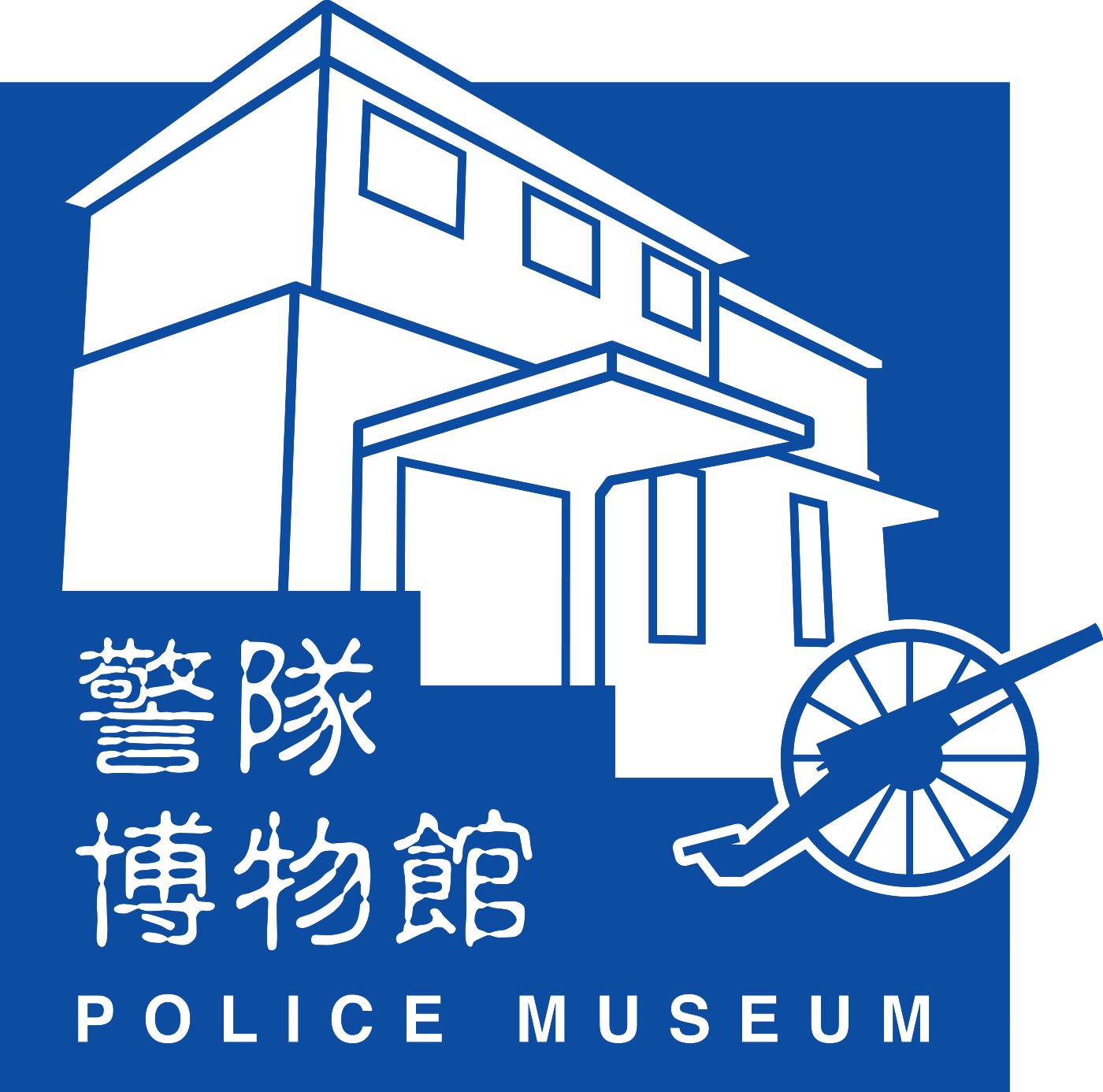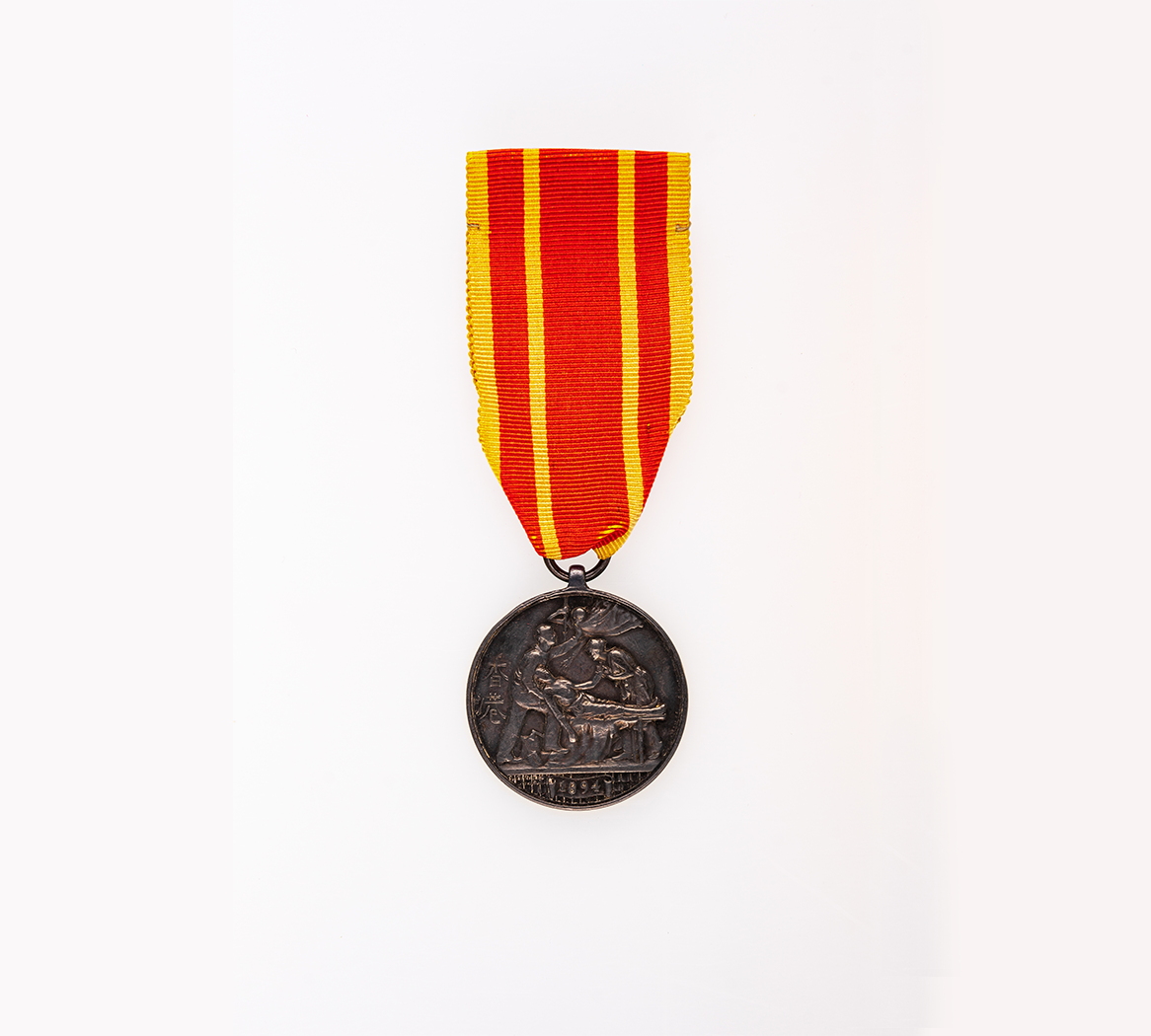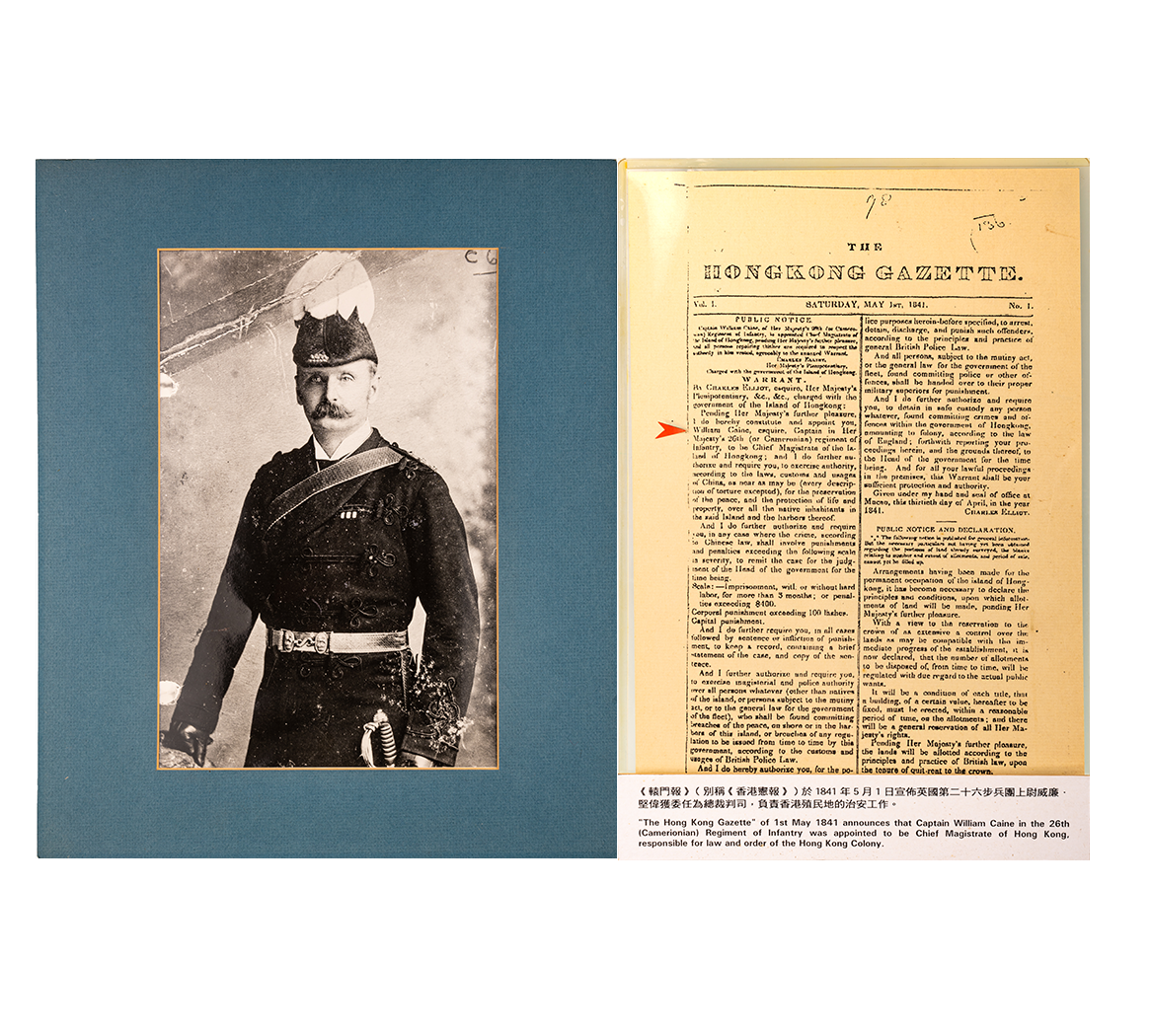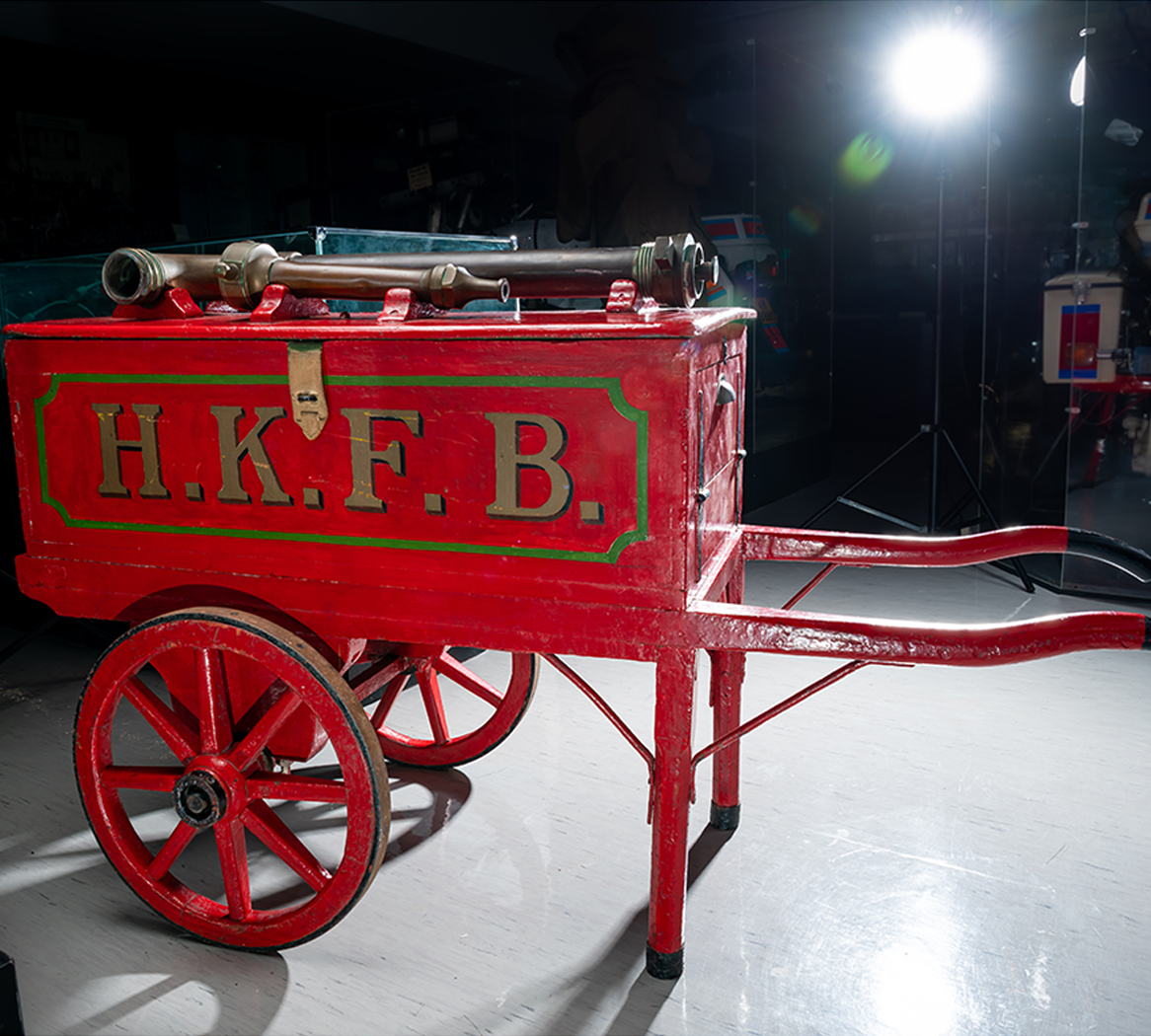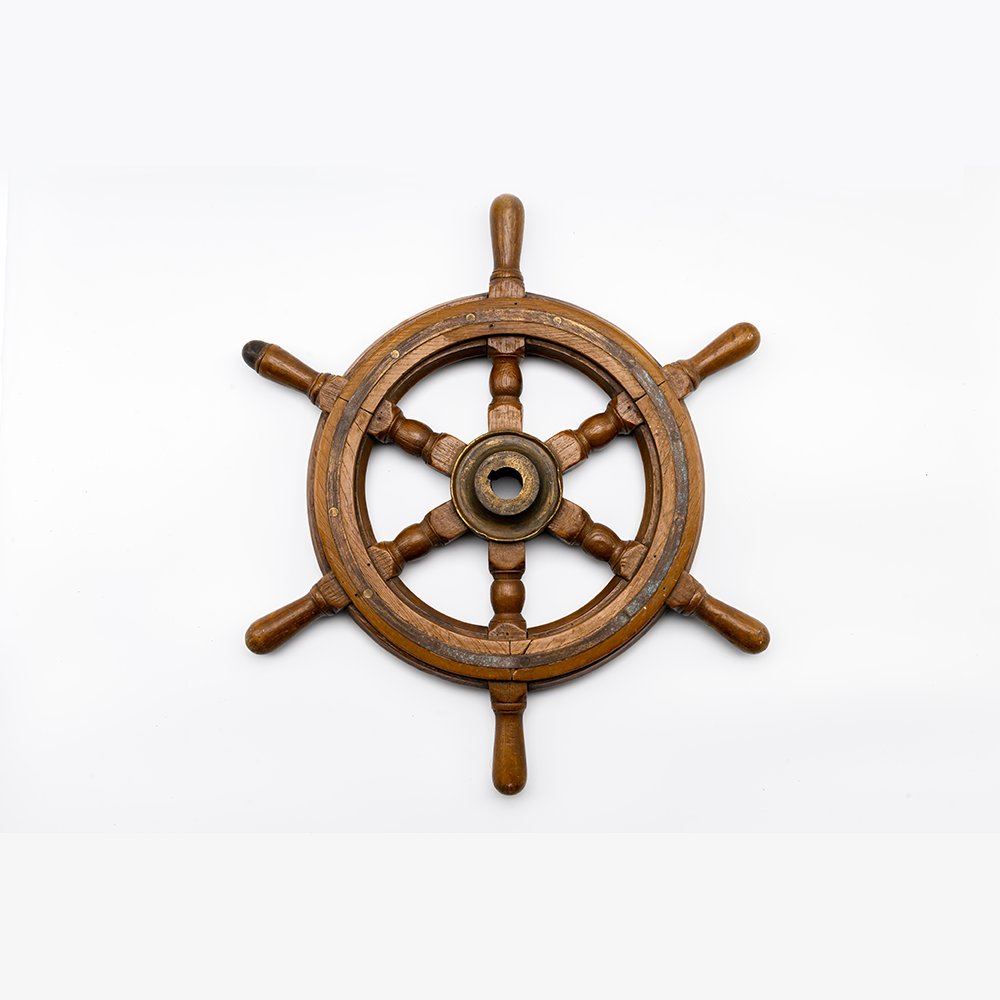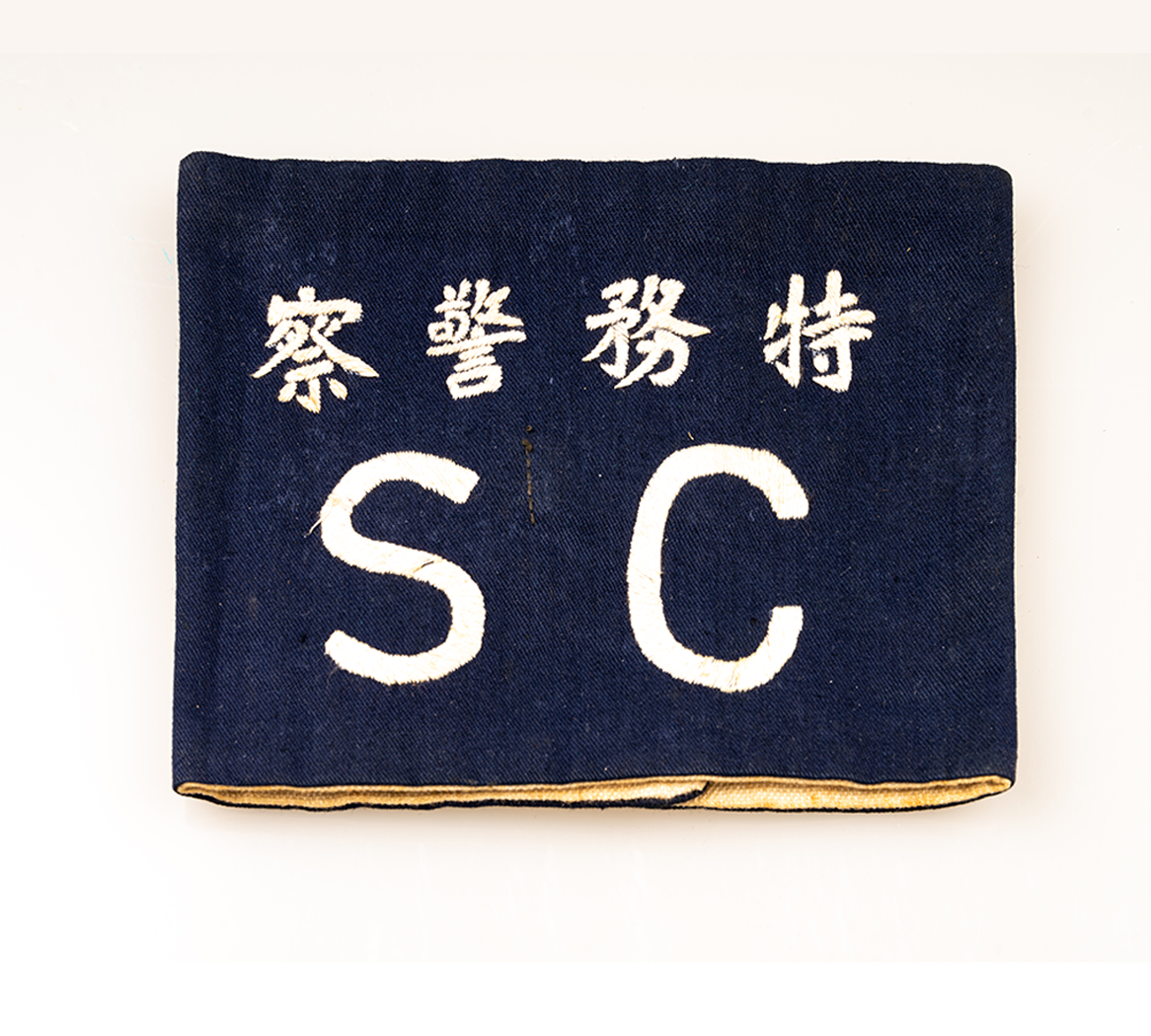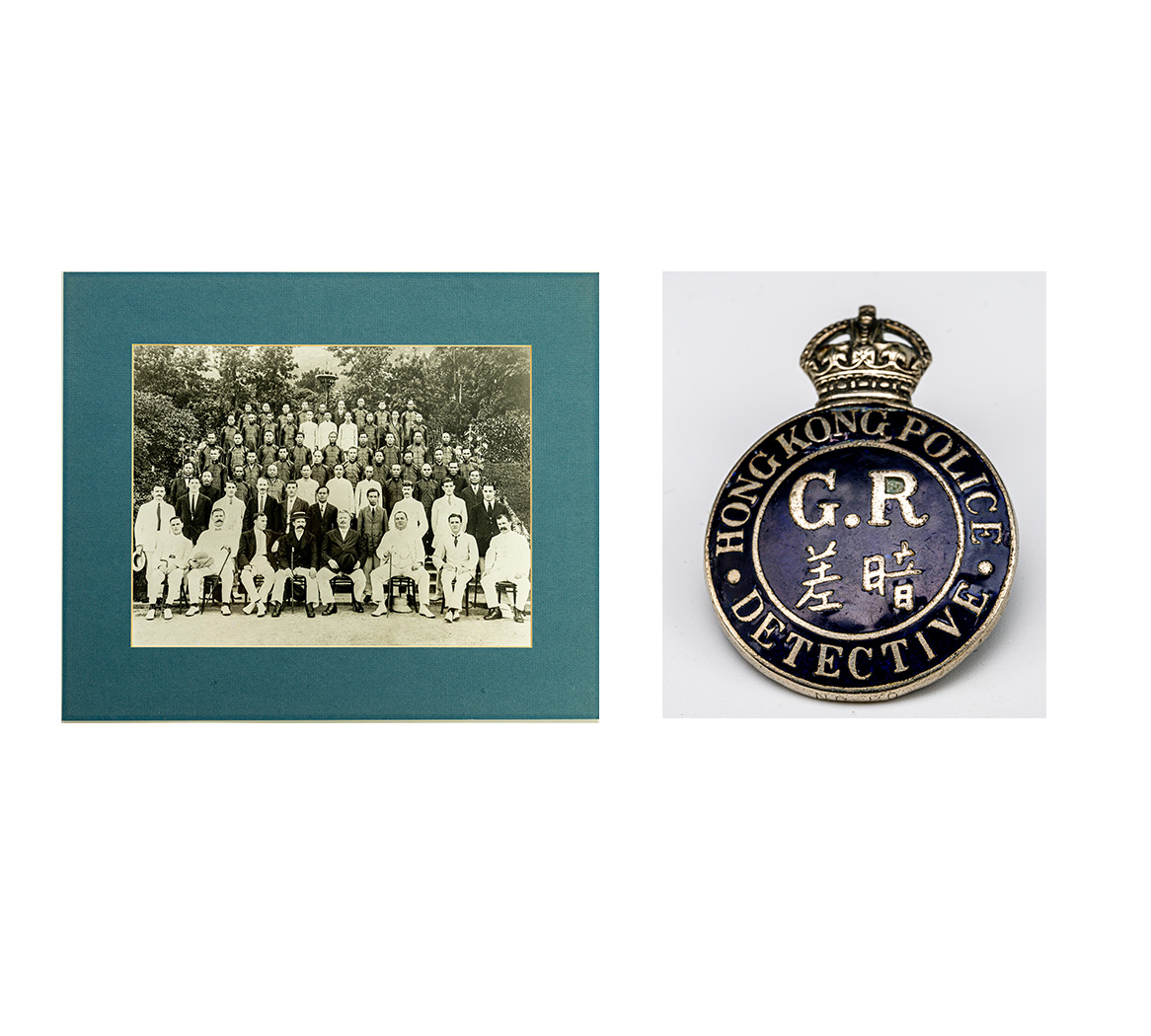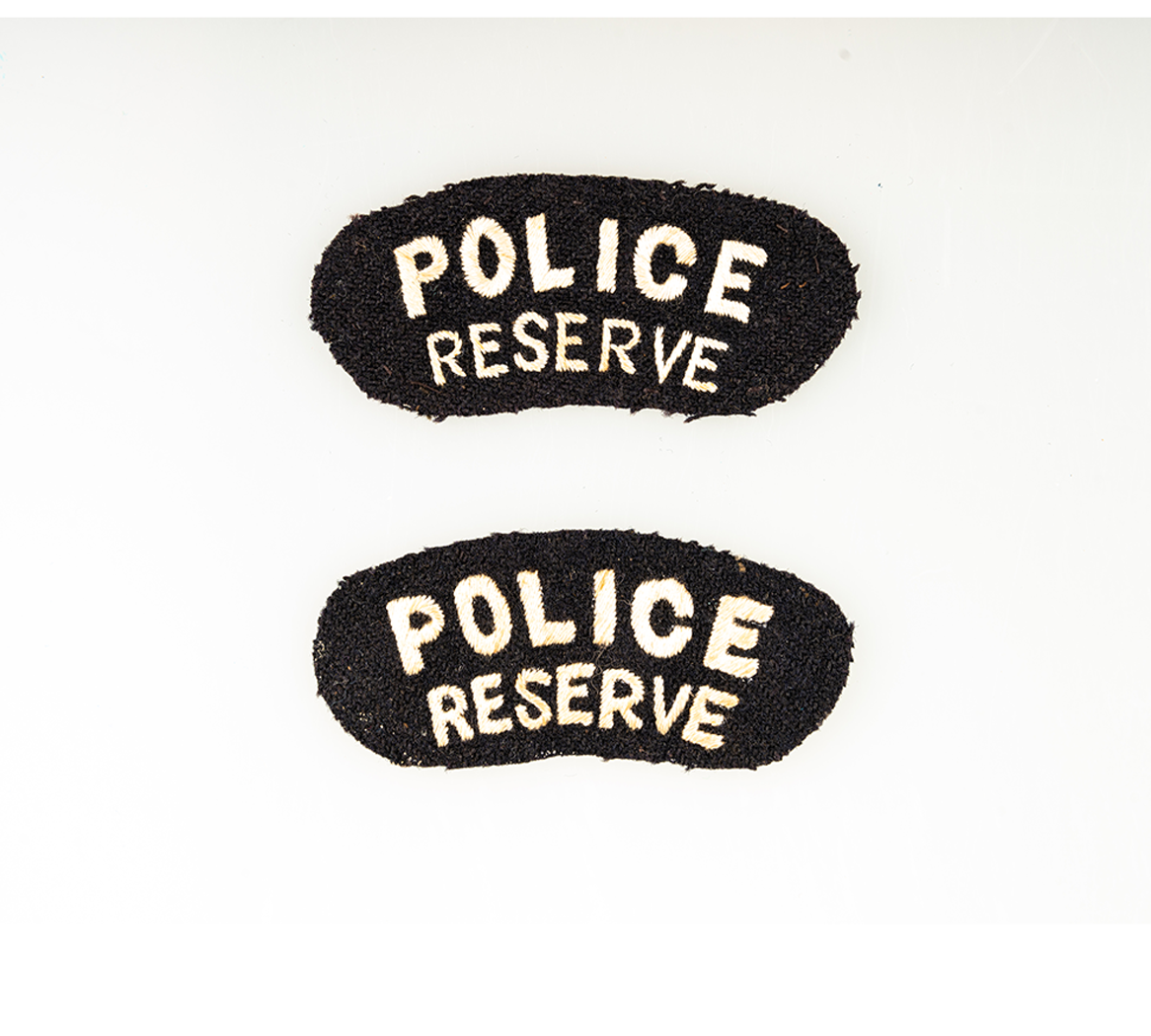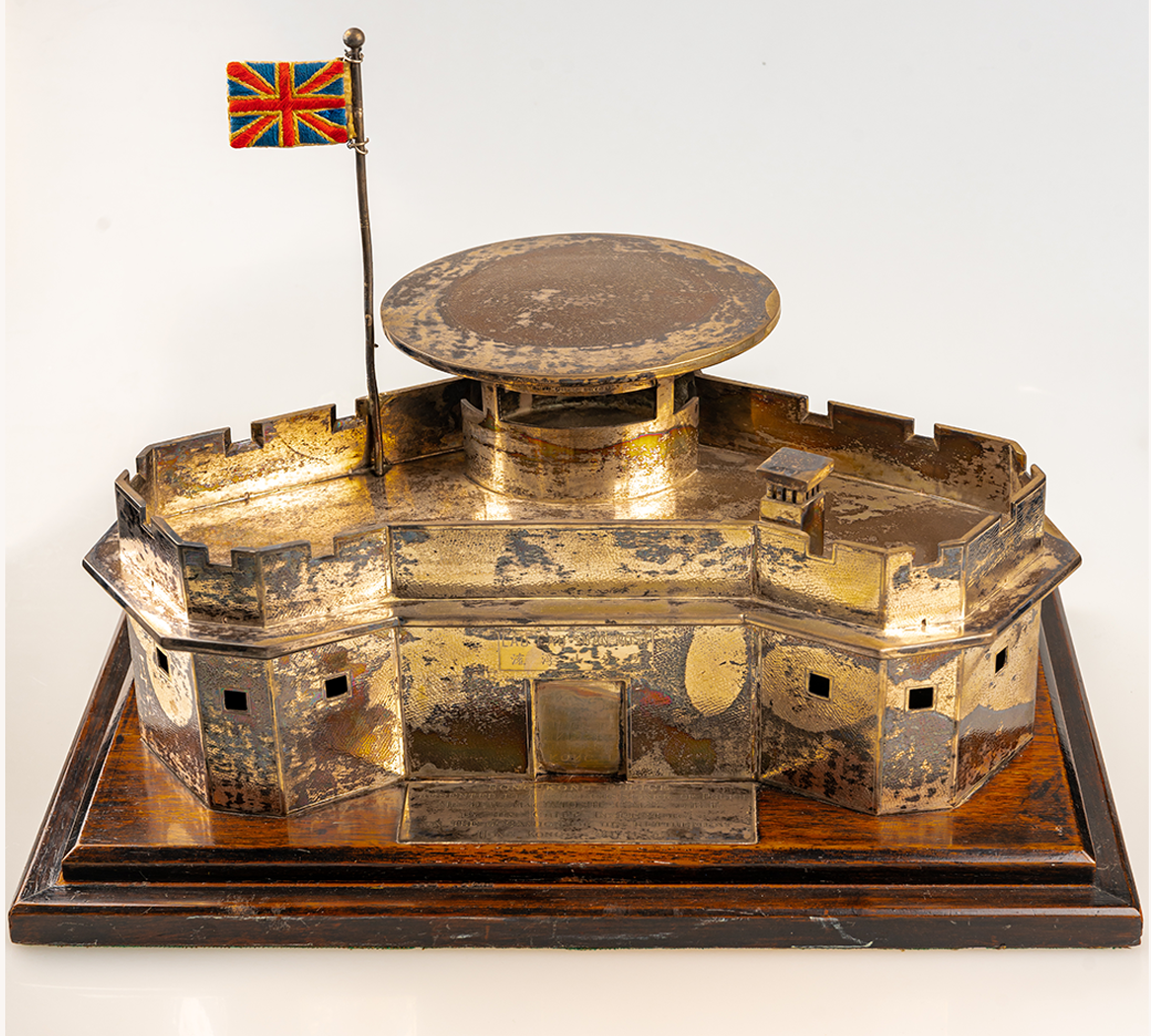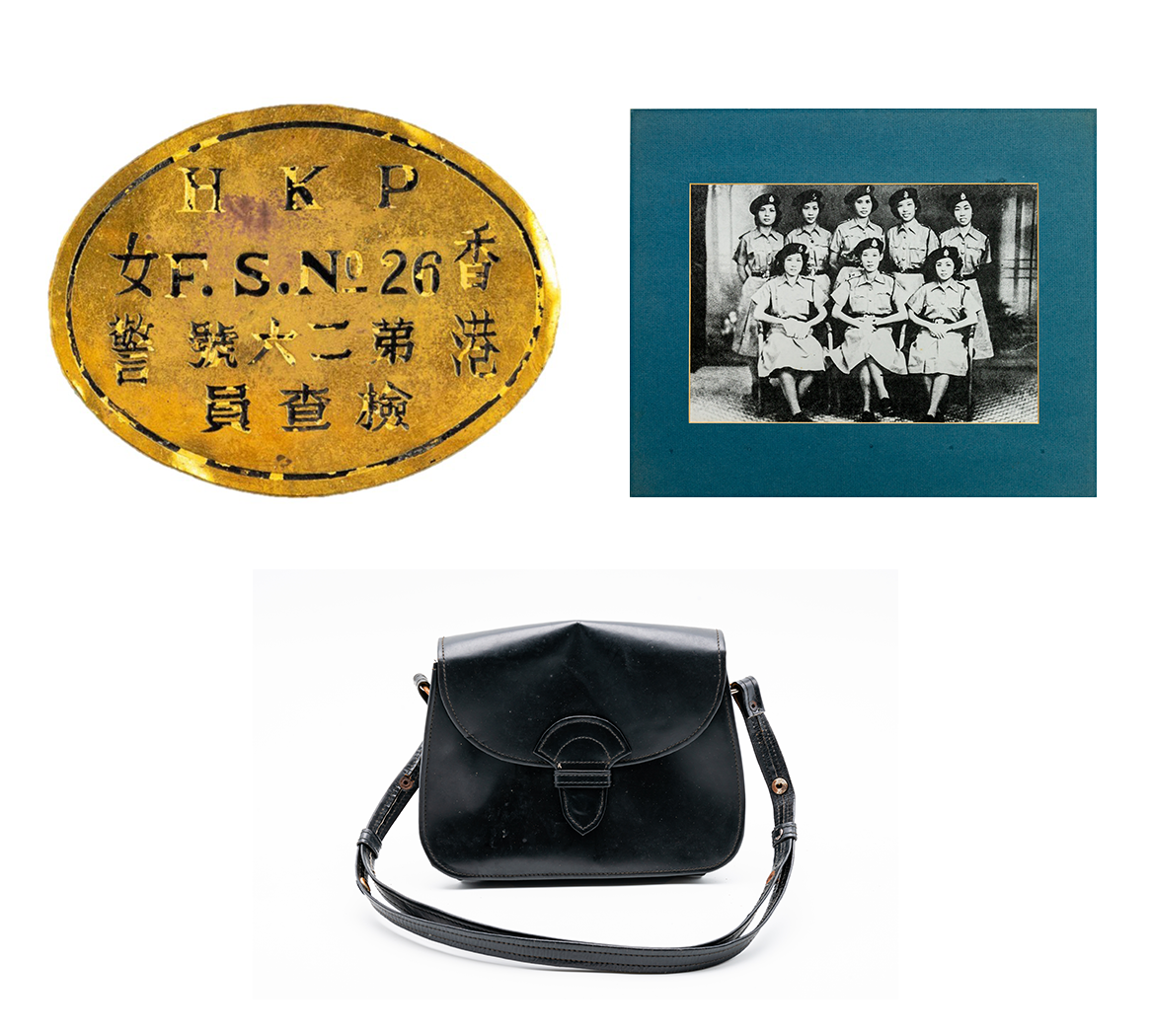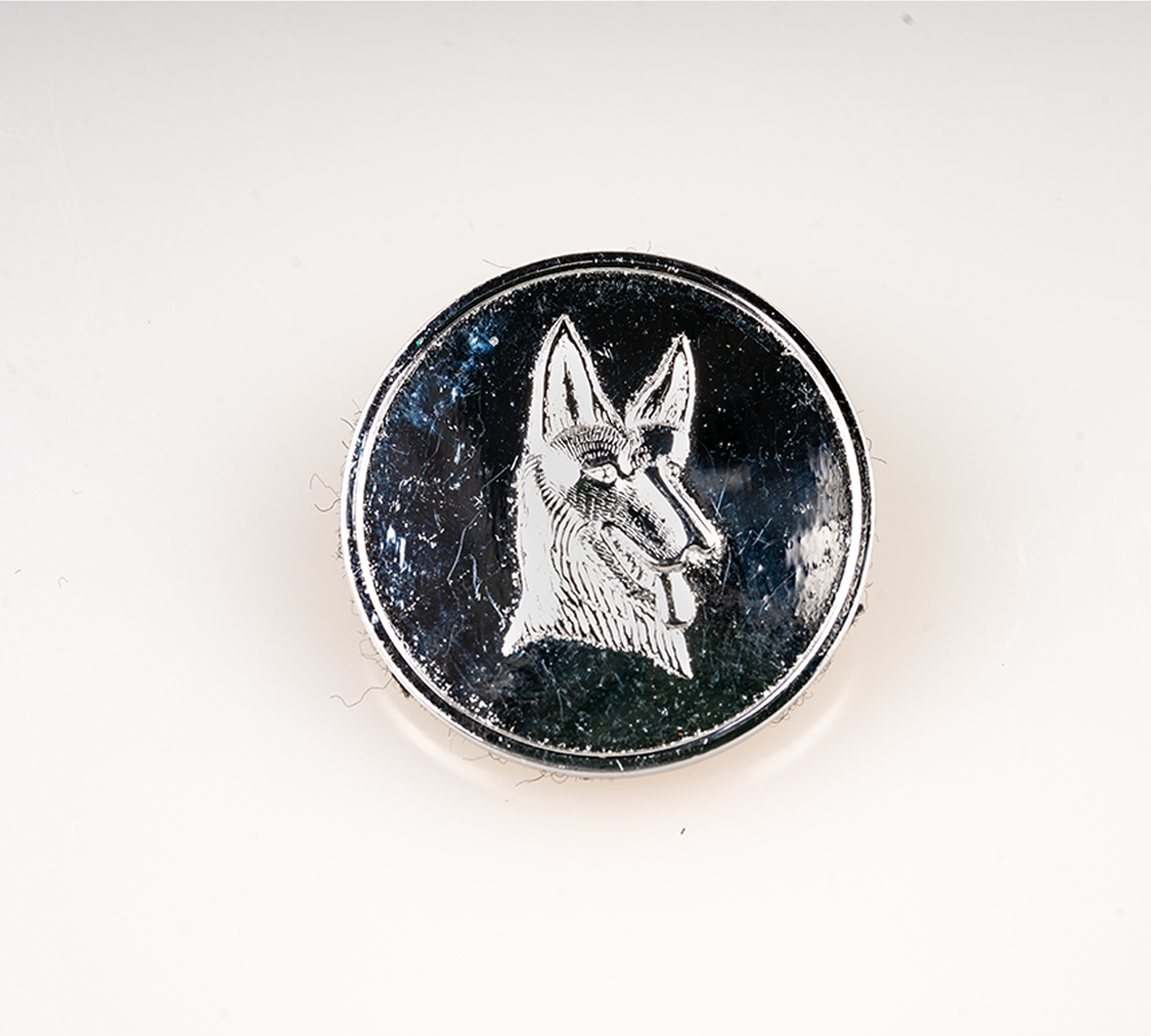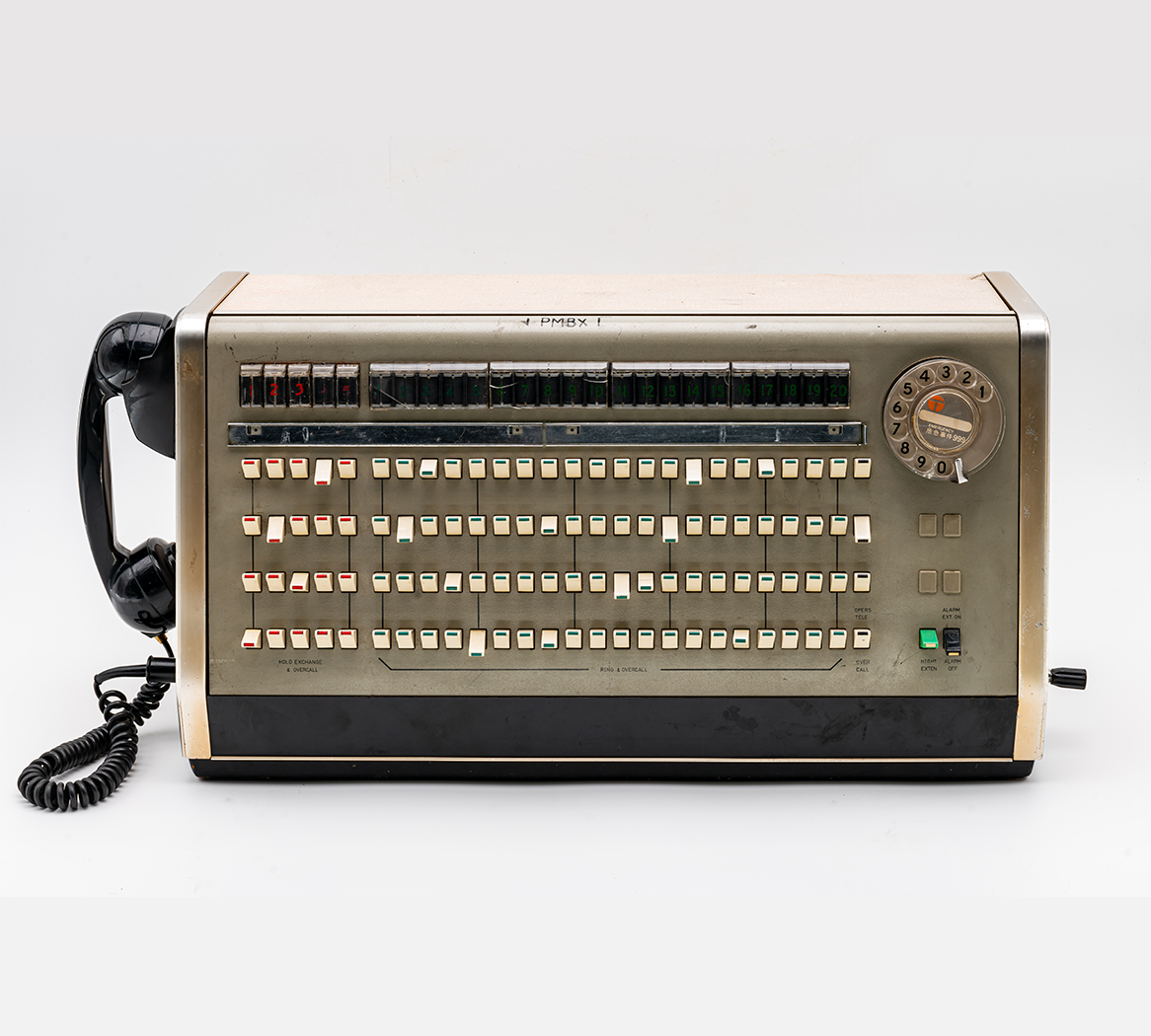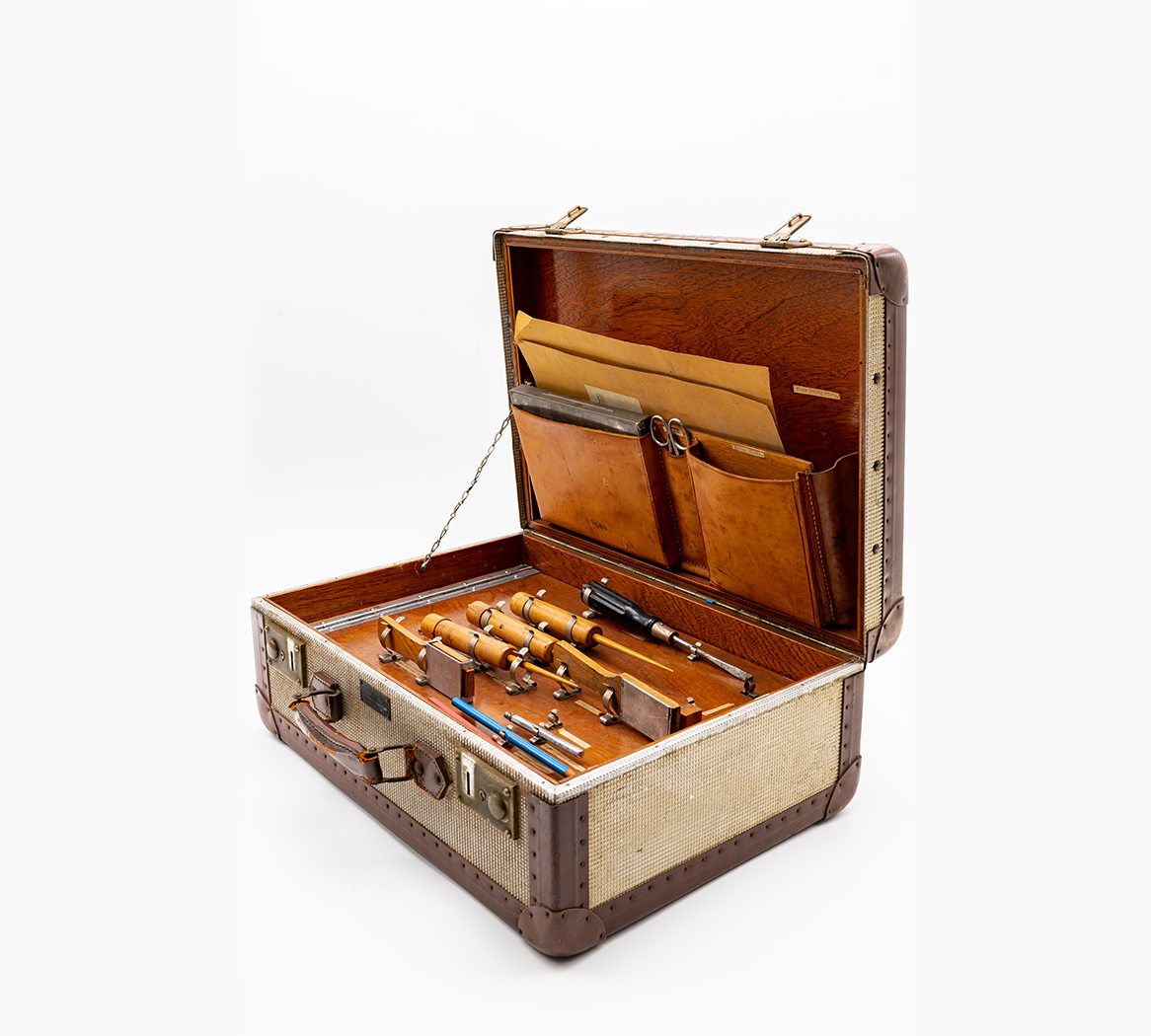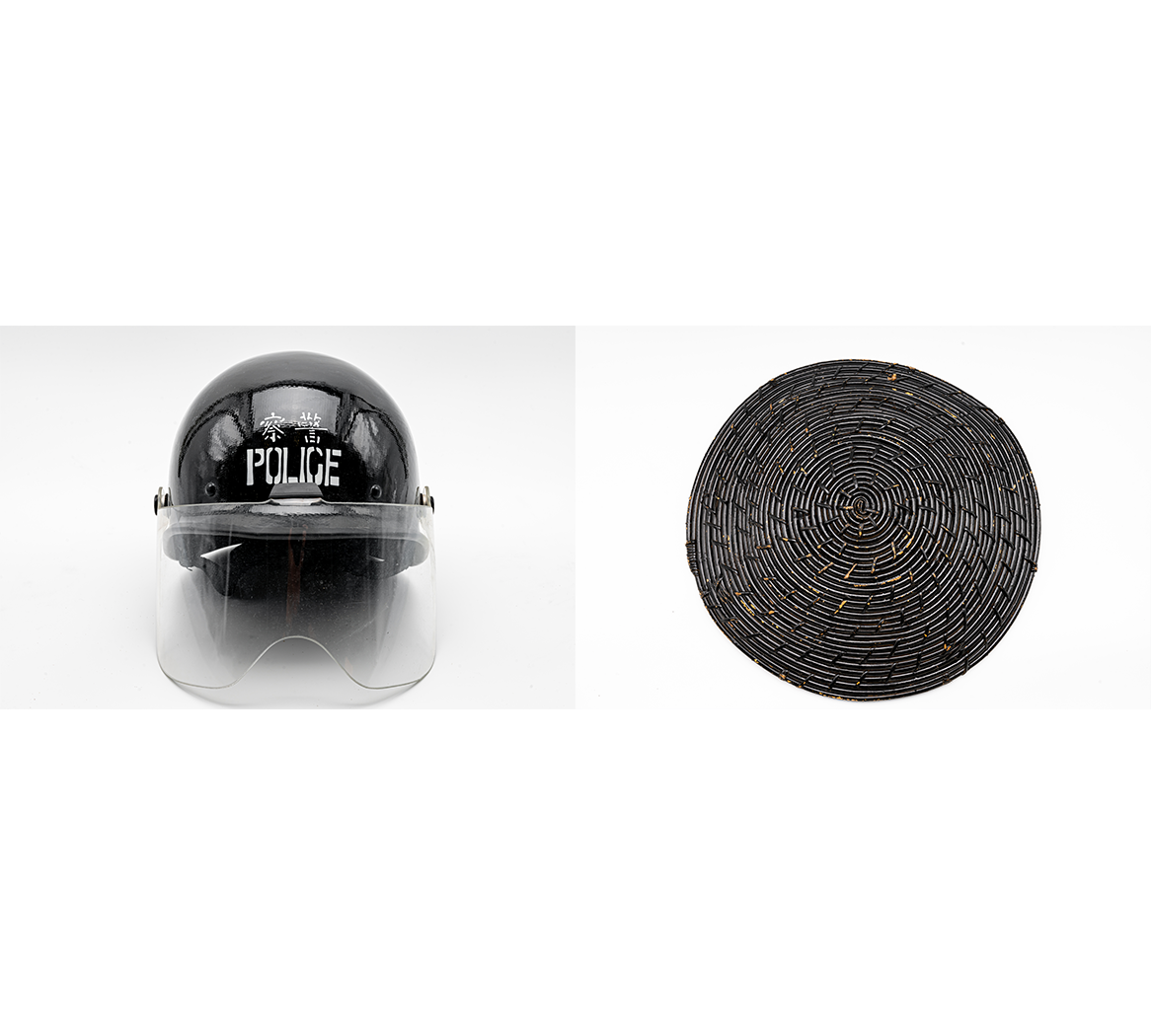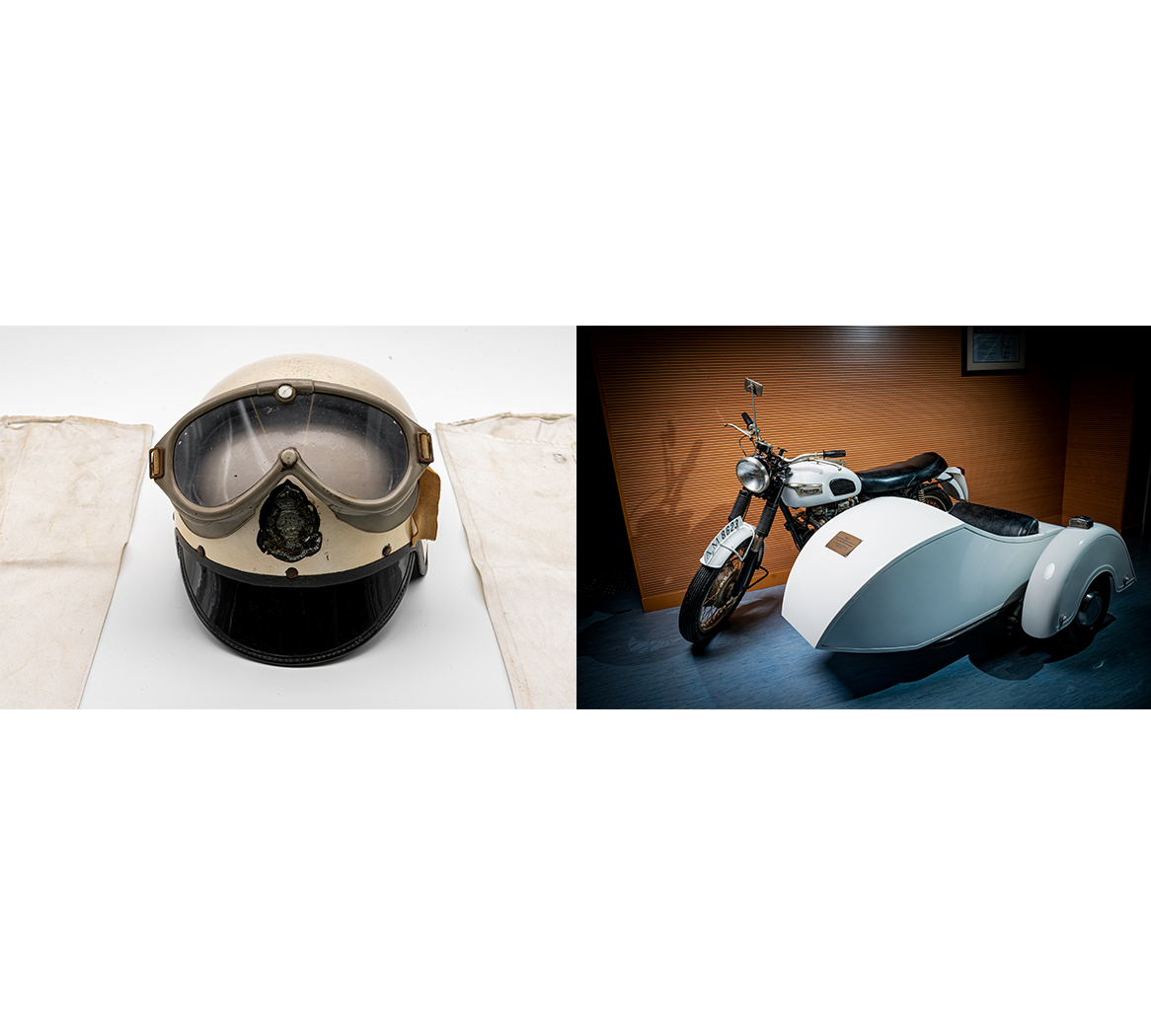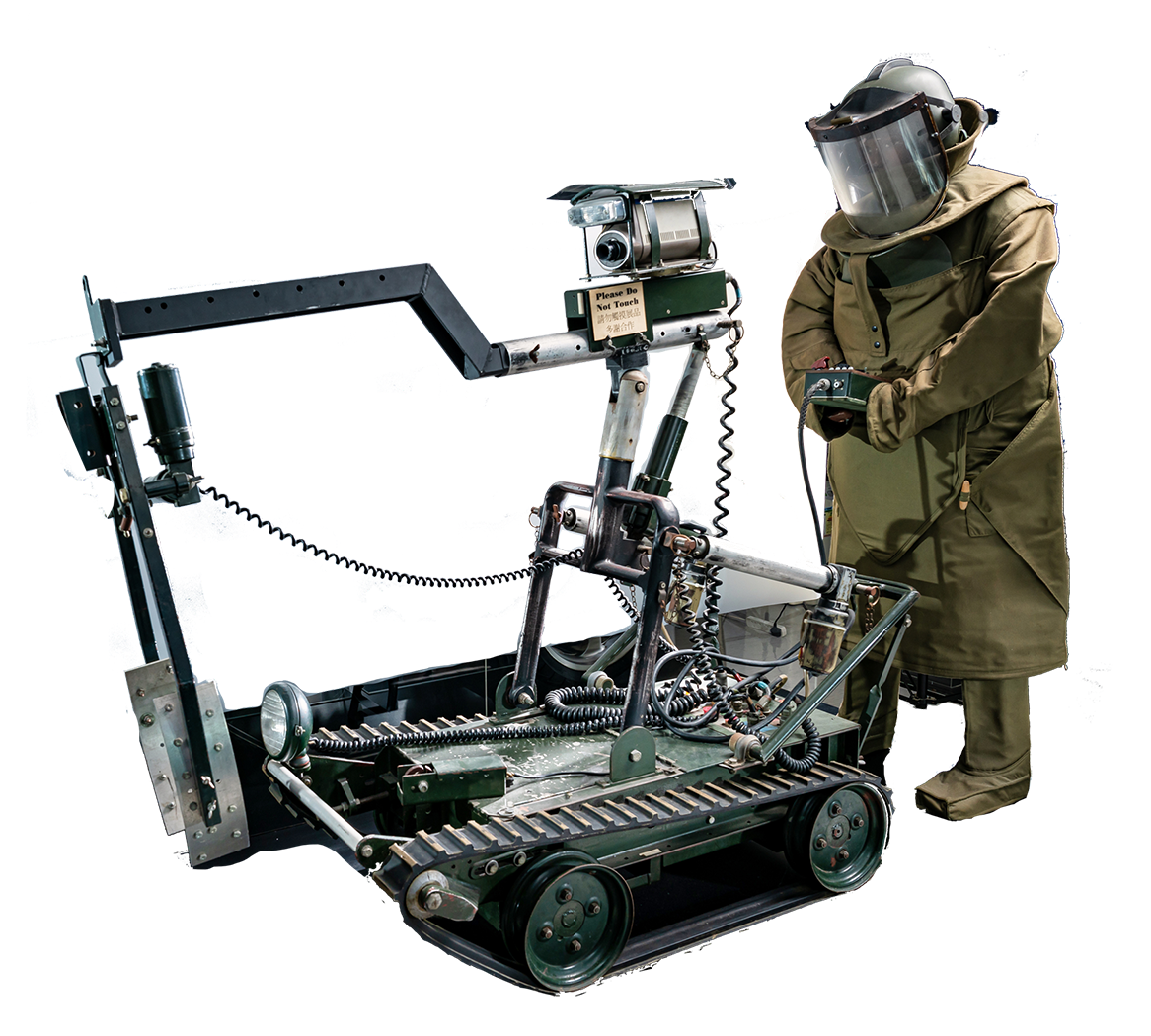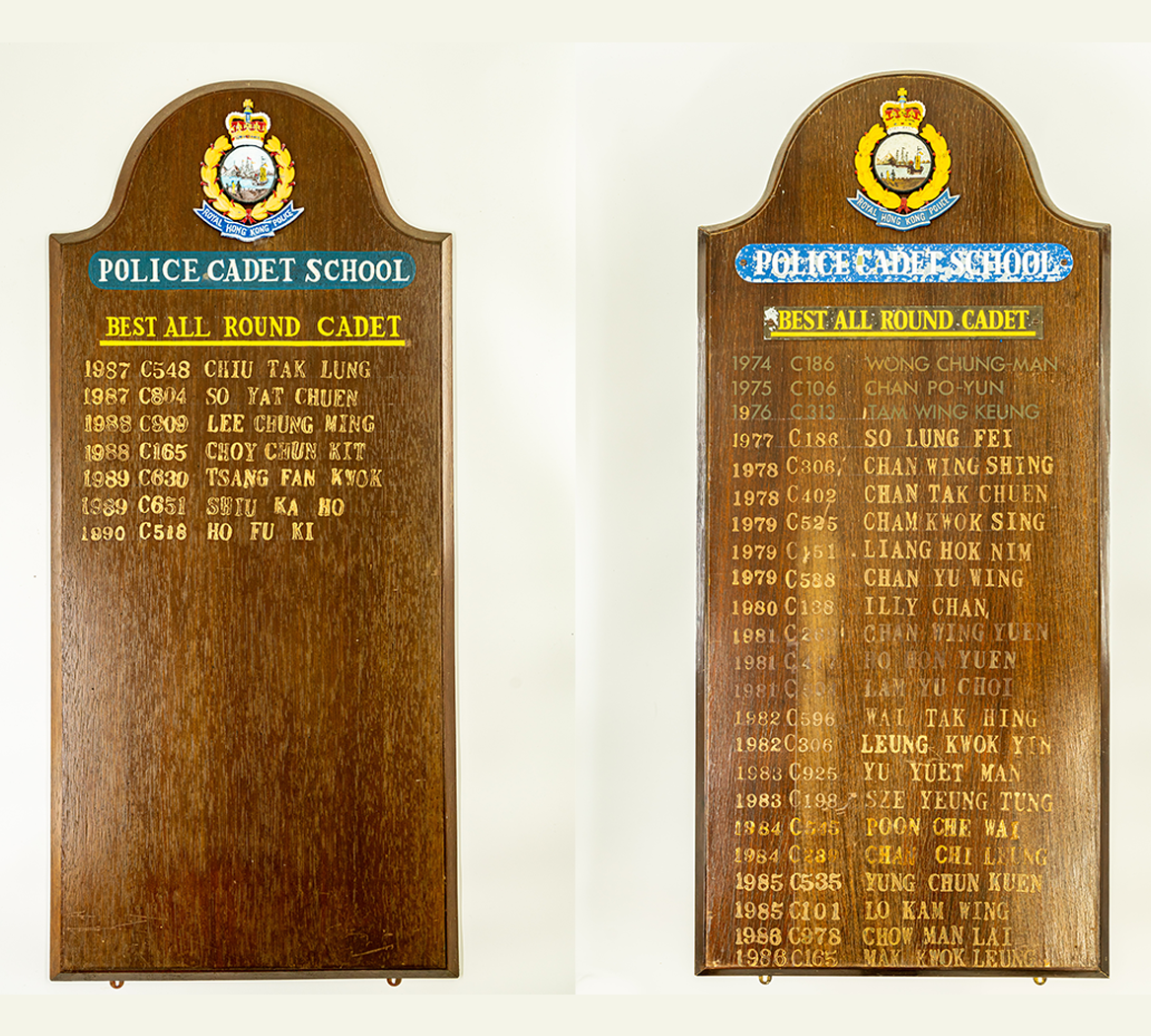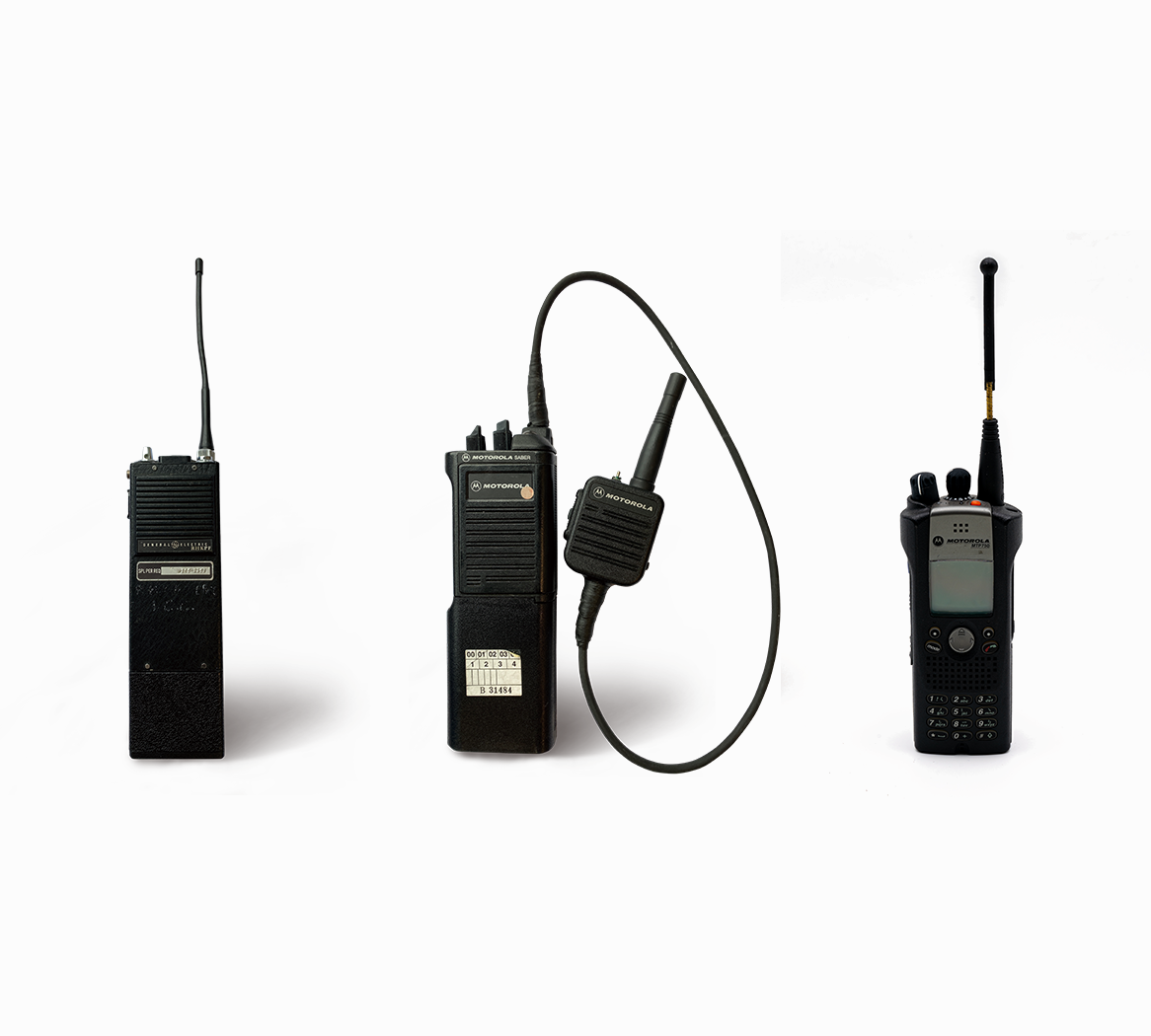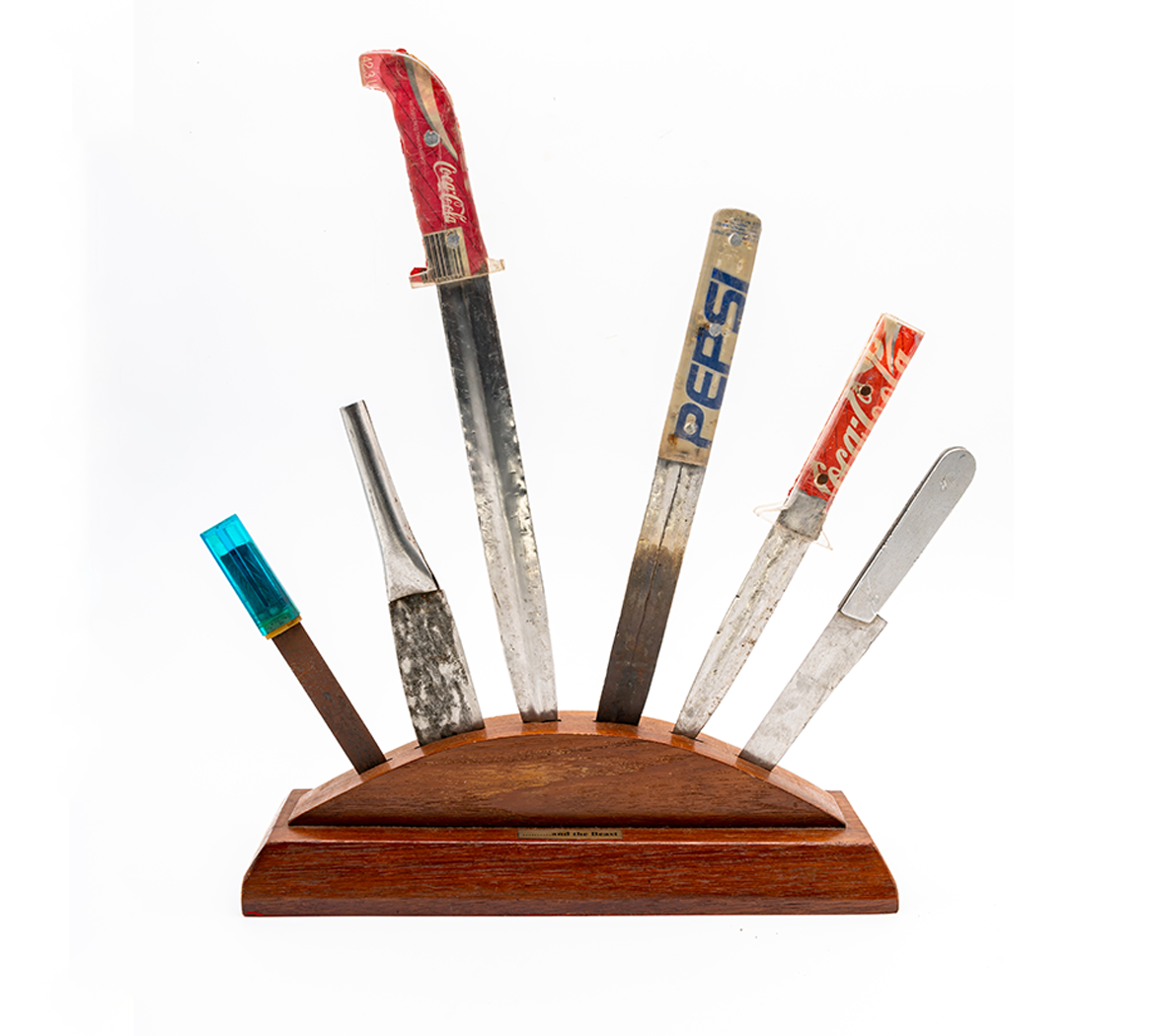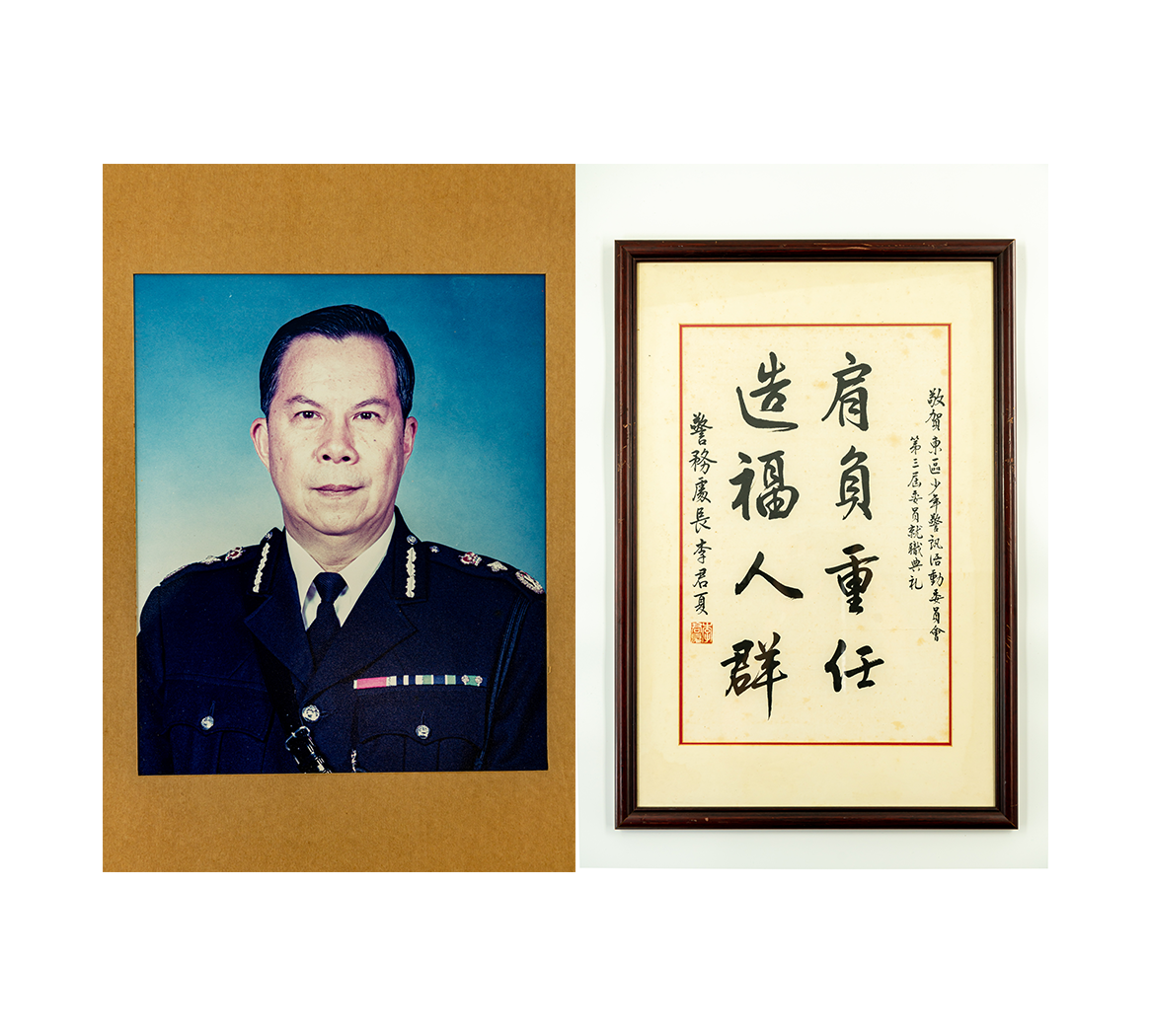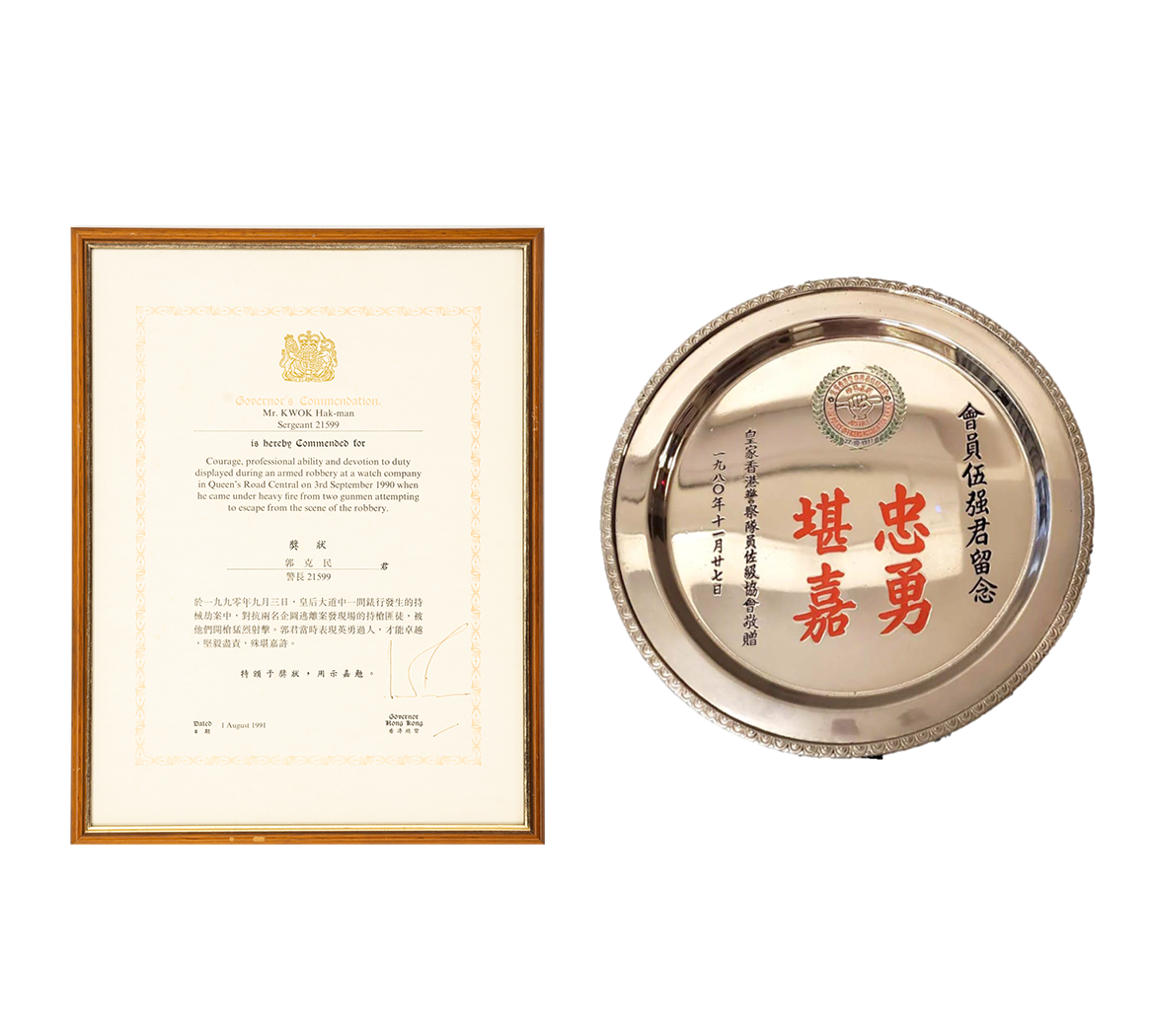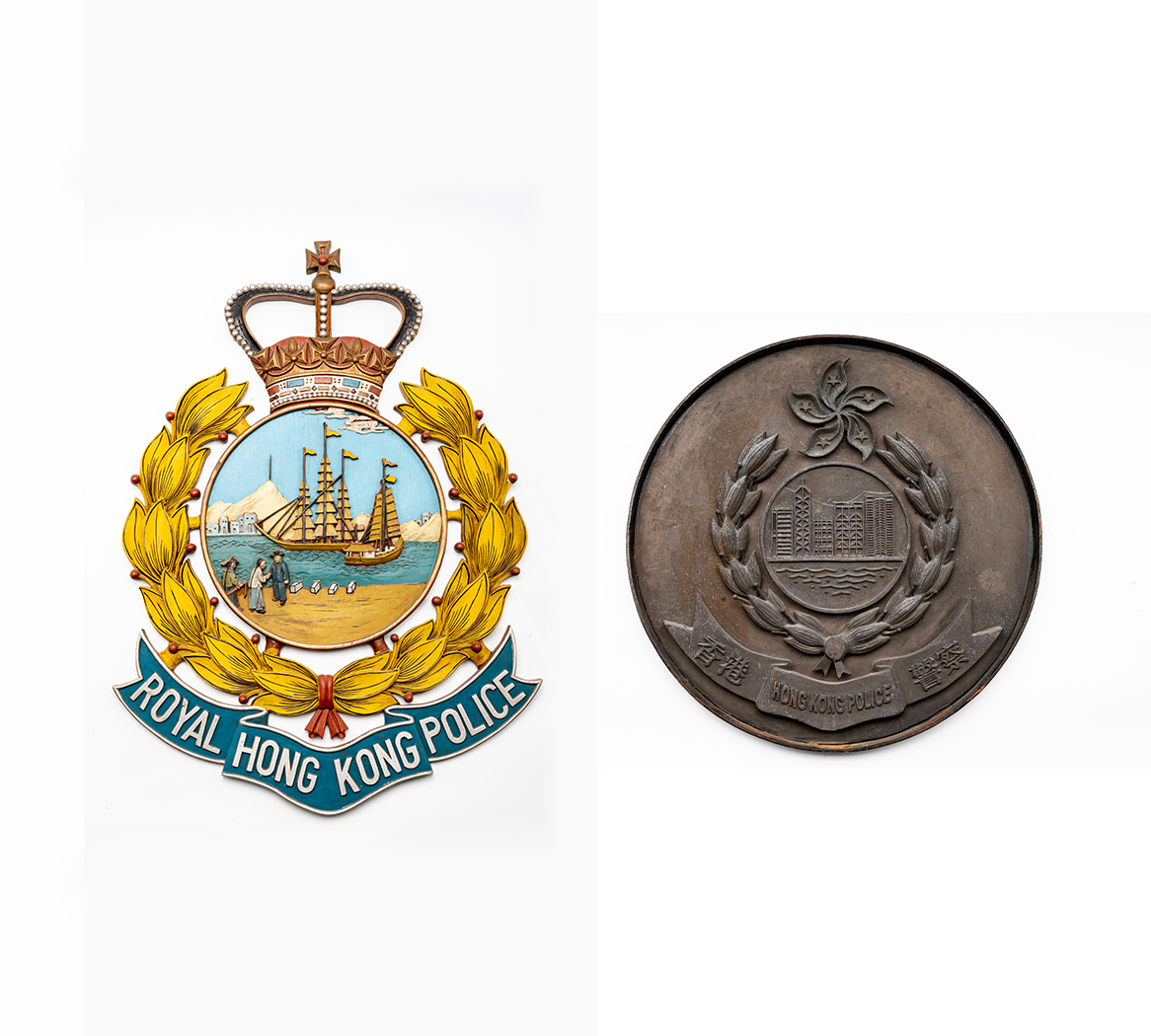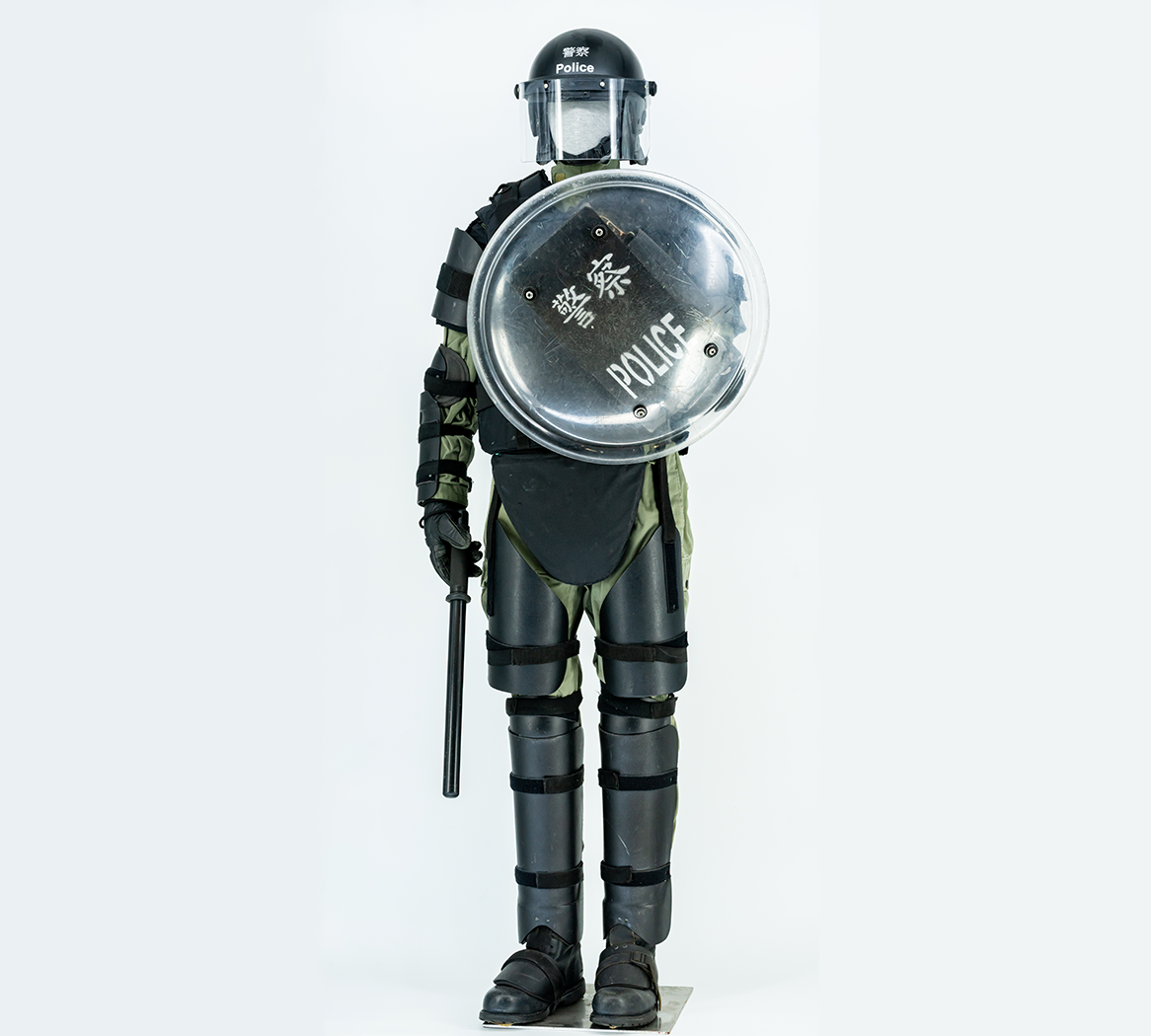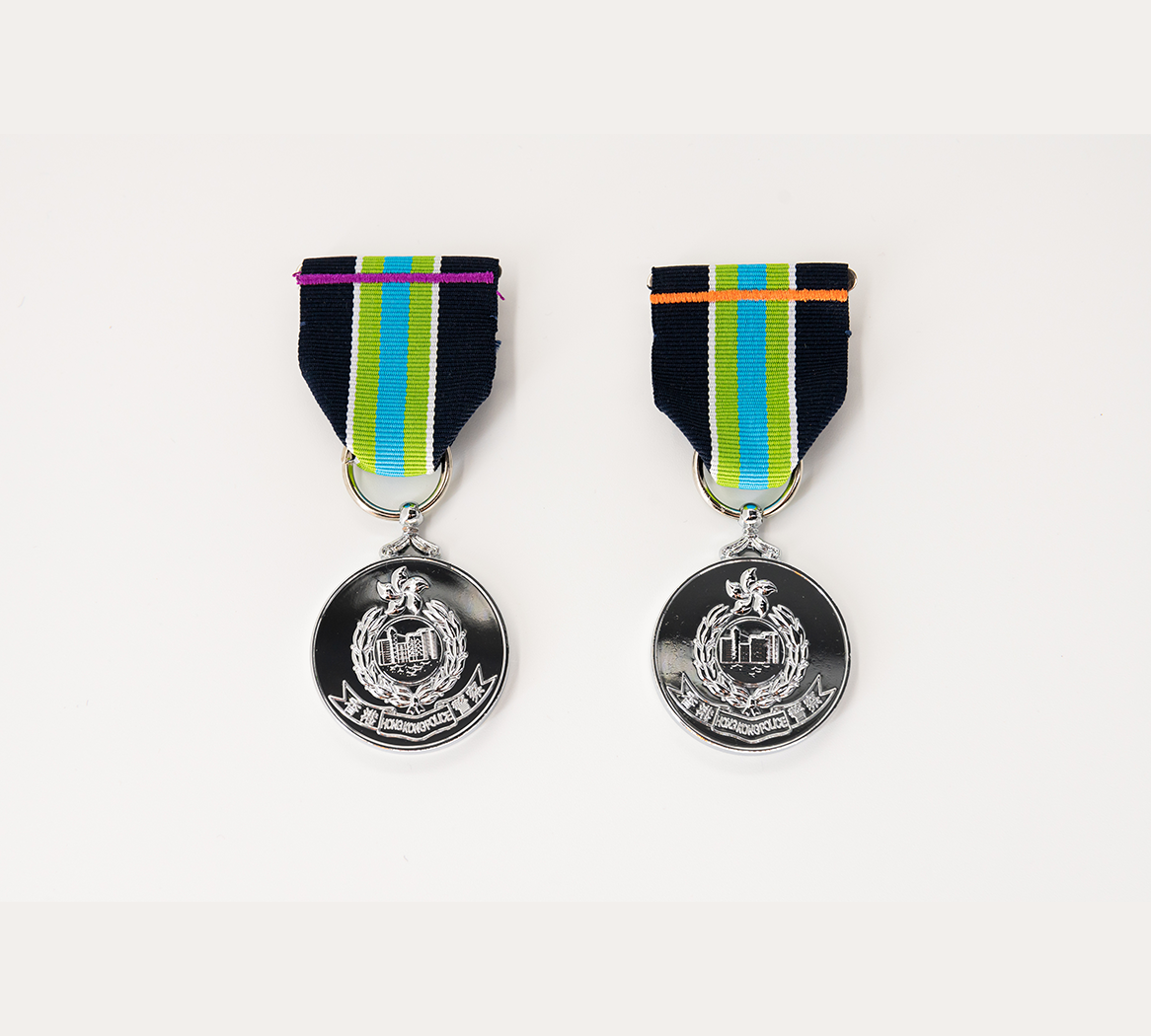Description
In 1894, Hong Kong’s health and security were put to the test when bubonic plague broke out, killing at least 2,500 people within the year. The Government deployed the British army to the areas where the pandemic was concentrated to assist the police in conducting door-to-door searches, isolating the sick, disposing of the bodies, and disinfecting the flats. Nearly 400 apartment blocks around Tai Ping Shan Street in Sheung Wan, where the pandemic was most serious, were repossessed and demolished by the Government through emergency legislation. From then until 1926, the plague occurred almost every year in Hong Kong, killing more than 20,000 people. The global plague did not end until the 1950s.
In recognition of the selflessness and bravery of those who fought the plague, the Hong Kong community at that time had the plague medal struck and presented by the Hong Kong Government to the plague fighters. The obverse of the medal is engraved with health care workers fighting the pandemic: one worker wards off Death with his left hand and holds a patient with his right hand, while the other worker administers medication to the patient. The axe and broom placed under the patient’s bed were the usual tools used in “Operation Tai Ping Tei”. The whole medal projects a positive image of the community joining hands to fight the pandemic.
A total of 400 medals were awarded to each of the health care workers, police officers, British soldiers and other public servants who served in the fight against the plague. A very small number of medals still exist. They can be found in the collections of the Science Museum, London, the Hong Kong Museum of Medical Sciences and the Hong Kong Police Museum, etc.
While Hong Kong has experienced numerous pandemics since the early days, the Hong Kong Police Force has held fast to its post every time, doing its utmost to serve the community daringly, and supporting the anti-epidemic efforts of the government sincerely.

